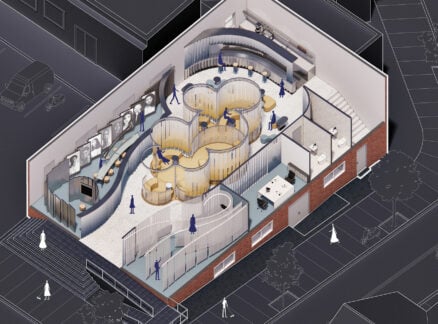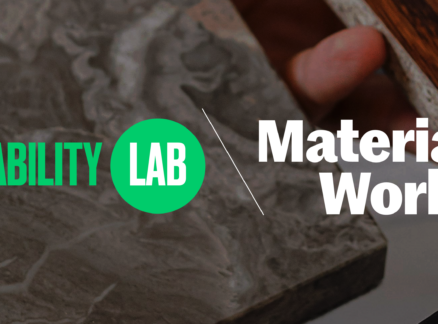October 1, 2008
Pro-Bono Architecture
John Peterson is the founder of Public Architecture, an advocacy group dedicated to making architecture more socially engaged. The organization’s 1% program, which has recruited nearly 400 firms to its cause, encourages pro-bono service by architects and designers.
“In the legal profession, there are dozens of nonprofits that support pro-bono work. Nationally, there was nothing comparable in the design professions until we created Public Architecture in 2002. While architects regularly field requests to do pro-bono work, they don’t have institutionalized ways to respond to them. So we do general advocacy and support for firms interested in public-service work; we also take on relevant projects that typically don’t have conventional clients or funding sources.
“For designers looking to do meaningful pro-bono work, the first thing I tell them is ‘Look for balance’: giving something to a cause you believe in and getting something in return. The idea is, if you get something back, this work can be sustainable, and you’ll be inclined to do more of it. There are many benefits that come from doing public-service work: creative opportunities, employee recruitment and retention, even paying jobs.
“However, there’s been resistance in much of the architectural world to being labeled a ‘community designer.’ This is a backlash against the community design movement of the sixties and seventies, when it was commonplace for architects to proclaim, ‘Well, we’re really not the designers. The community is the designer—we’re just facilitators.’ This is a terrible way to empower people. If I said this to my paying clients, they would—and should—fire me. We should be staunch advocates of our community’s goals, but we should never abandon our responsibility as designers.
“I graduated from the Rhode Island School of Design with an architecture degree in 1990, and throughout the eighties and nineties much of the profession felt that social issues neutered the clarity of architectural vision. I hope we’ve all come to realize that this was a really adolescent attitude about our role as designers. The change we’re seeing now is being pushed by the generations behind me. Two years ago, I was a Loeb Fellow at Harvard. One evening, I was leaving the architecture department at the end of the day and saw a sign promoting a student meeting on architecture and larger social issues. This was before the idea had really taken hold. And I thought, Oh, God, who’s going to be in that room?
I imagined two or three wonkish characters who’d been marginalized from the rest of the school. (This was Harvard, which hasn’t been a leader in social issues.)
I waited out in the lobby for fifteen minutes because I didn’t want to go inside and feel awkward. So I entered late—and the place was packed. The dialogue was exceptional. I was almost in tears, and as soon as I saw this, any doubts I had that the profession would broaden its interest in social issues were gone. Now we need to focus not on if, but on how and how far.”
How to begin a socially engaged project, with or without a client:
1. Create a competition of one. Traditional competition structures can be used to facilitate an intrastaff exploration of social issues.
2. Use your insight to start a dialogue. Developing and illustrating solutions to age-old social issues can be a powerful and rewarding experience.
3. Partner with others. Use a pro-bono project as an opportunity to collaborate with artists, community leaders, contractors, city agencies, and even firms that would normally be competitors.
4. Adopt a nonprofit. You can be a great asset to an organization or a community group struggling with facility issues.
5. Seek recognition for your cause. Editors and publishers are always on the lookout for public-interest stories, particularly those that include a graphic vision.
From the Notebook of Bryan Bell





